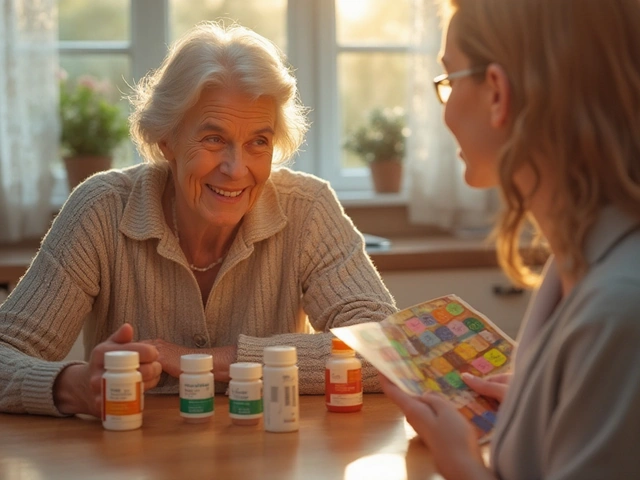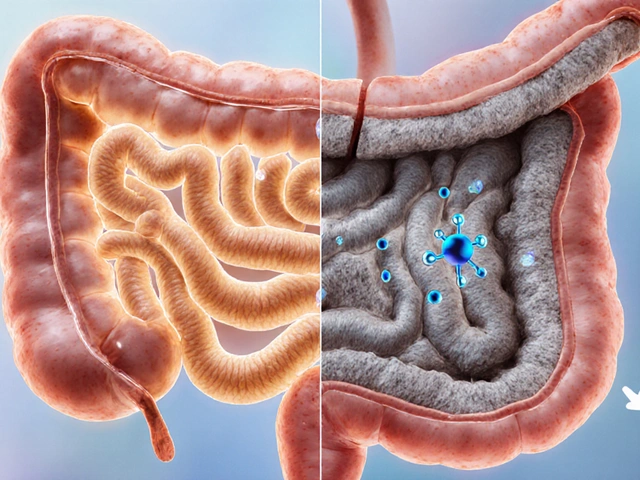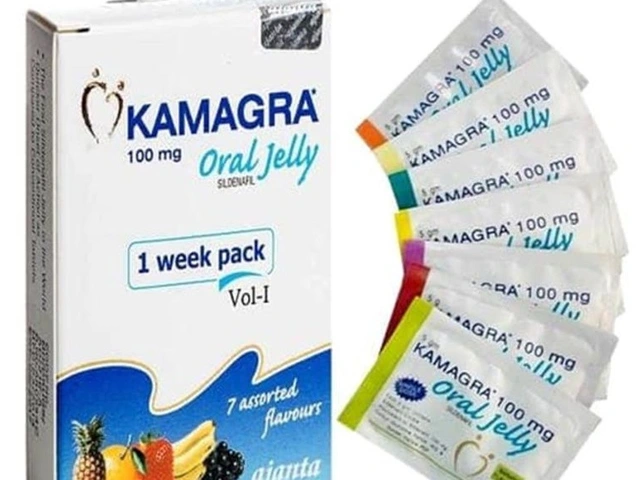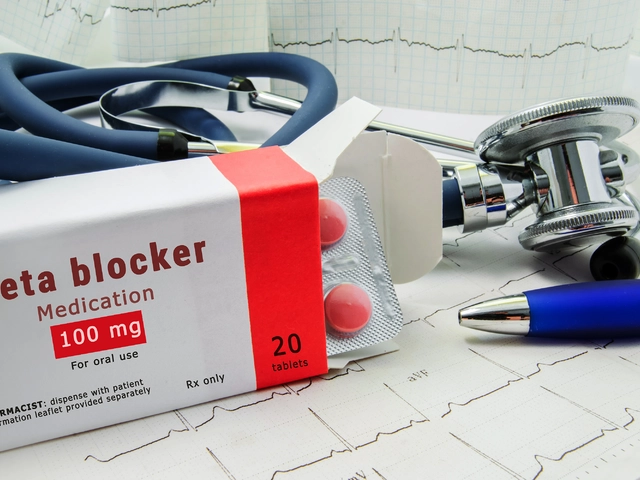Body Acne: Causes, Treatment & Everyday Tips
If you’ve ever spotted a stubborn bump on your back, chest or shoulders, you know how frustrating body acne can be. It’s not just a teen problem – adults get it too, and the good news is that most of the time you can calm it down at home.
Why Does Body Acne Happen?
Acne forms when hair follicles get clogged with oil (sebum) and dead skin cells. On the body, this often happens in areas where sweat and friction meet – think tight gym clothes, backpacks, or a sweaty bike ride.
Hormones are another big player. Stress, menstrual cycles or certain medications can spike hormone levels, telling your skin to produce more oil than usual. When that extra oil mixes with bacteria living on the skin, you get red, inflamed spots.
Diet isn’t a magic bullet, but some foods can make acne worse for sensitive people. High‑glycemic carbs (white bread, sugary drinks) and dairy are common culprits. If you notice flare‑ups after certain meals, try cutting them out for a few weeks to see if things improve.
Simple Ways to Keep Your Skin Clear
1. Cleanse smartly. Use a gentle body wash with benzoyl peroxide or salicylic acid once a day. Don’t scrub hard – harsh friction can irritate skin and spread bacteria.
2. Choose breathable fabrics. Cotton, moisture‑wicking gym wear, and loose clothing let sweat evaporate instead of staying trapped against your skin.
3. Shower after sweating. Whether you just finished a workout or a hot day outdoors, rinse off within an hour. A quick shower with lukewarm water helps wash away excess oil before it hardens into a spot.
4. Keep hair off your back. Long hair can deposit oils onto the skin. Tie it back and wash any hair products out of the shower to avoid extra residue.
5. Spot‑treat with over‑the‑counter creams. Look for ingredients like benzoyl peroxide (2‑5%) or tea tree oil. Apply only on active pimples – covering large areas can dry out healthy skin.
6. Don’t pick. It’s tempting, but squeezing pushes bacteria deeper and often leaves scars. If a spot is painful, use a warm compress for a few minutes to help it come to the surface naturally.
7. Stay hydrated. Drinking enough water supports overall skin health and helps regulate oil production.
If home care isn’t enough after several weeks, consider seeing a dermatologist. Prescription options like topical retinoids or oral antibiotics can clear stubborn cases faster. JDV Dream Shop also offers information on medications that may help, such as hormonal treatments for adult acne.
Remember, consistency beats quick fixes. Stick to a simple routine, keep clothes clean, and give your skin time to heal. In most cases, you’ll see fewer breakouts within a month, and smoother skin in a few months.
Got more questions about specific products or how a particular drug interacts with acne? Browse our pharmacy articles for deeper insight – we cover everything from safe dosing of supplements to choosing the right prescription for your skin type.
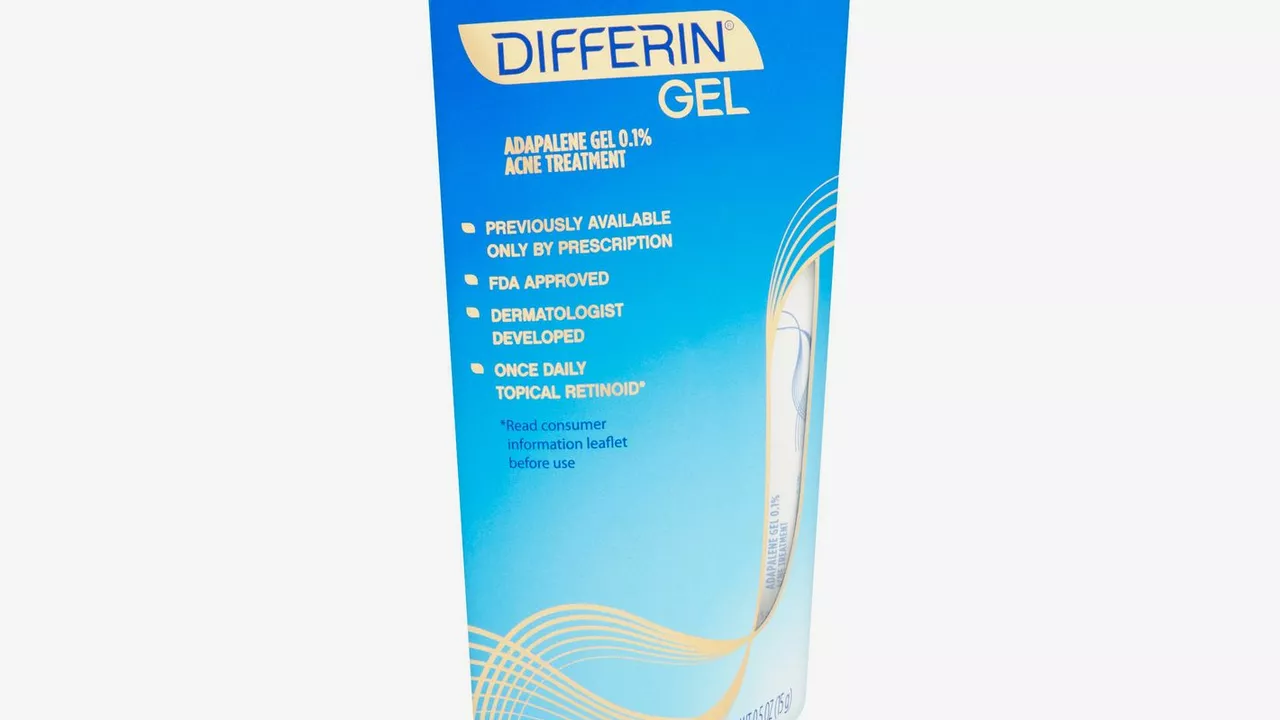
How to use adapalene for body acne
Adapalene is a potent solution I've found for body acne. It's a topical retinoid that works by unclogging pores and reducing inflammation. To use it, you need to apply a thin layer over the affected area once daily, preferably before bedtime. It's key to remember not to apply it to areas with cuts or abrasions. Always ensure to wear sunscreen during the day, as adapalene can make your skin more sensitive to sunburn.

